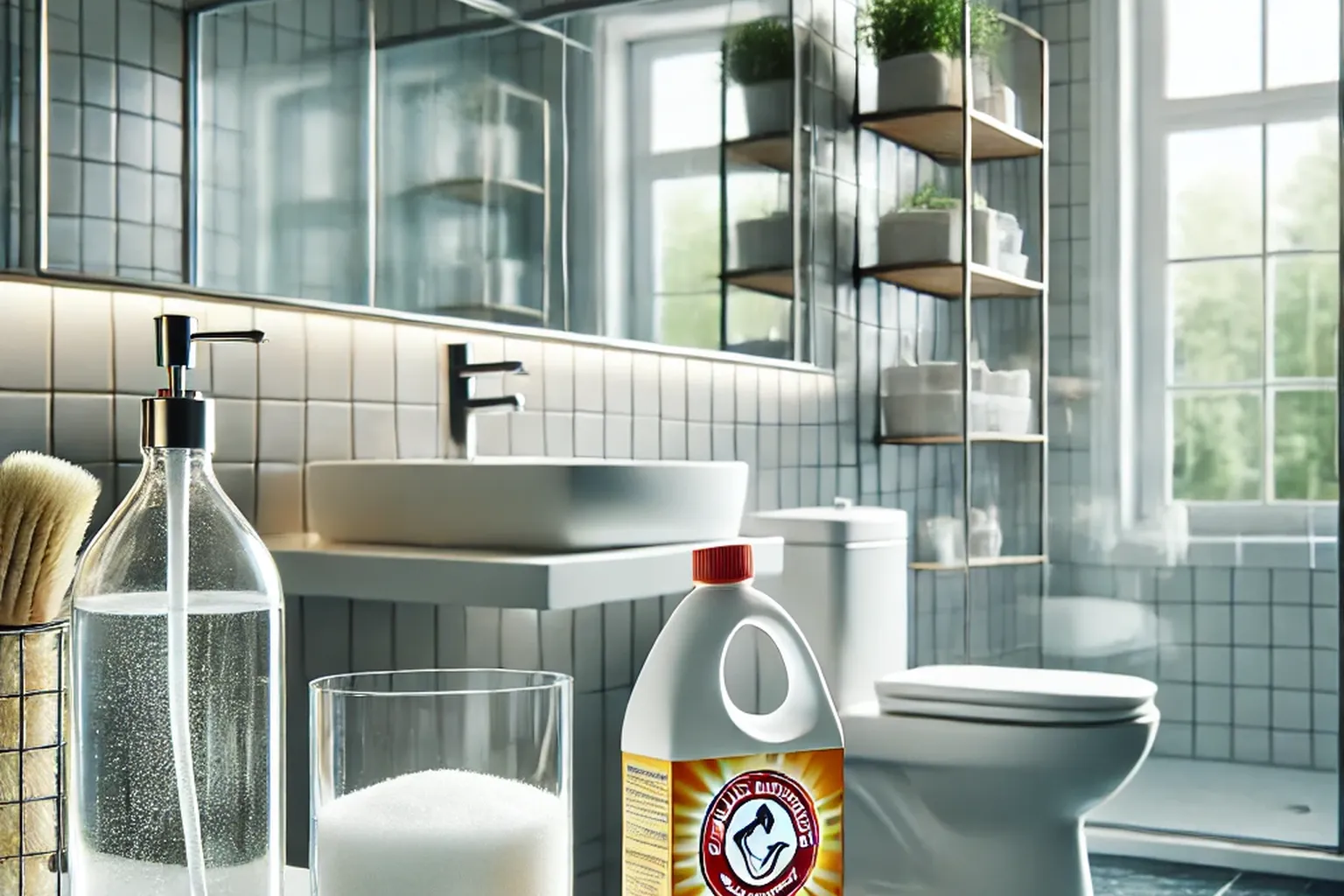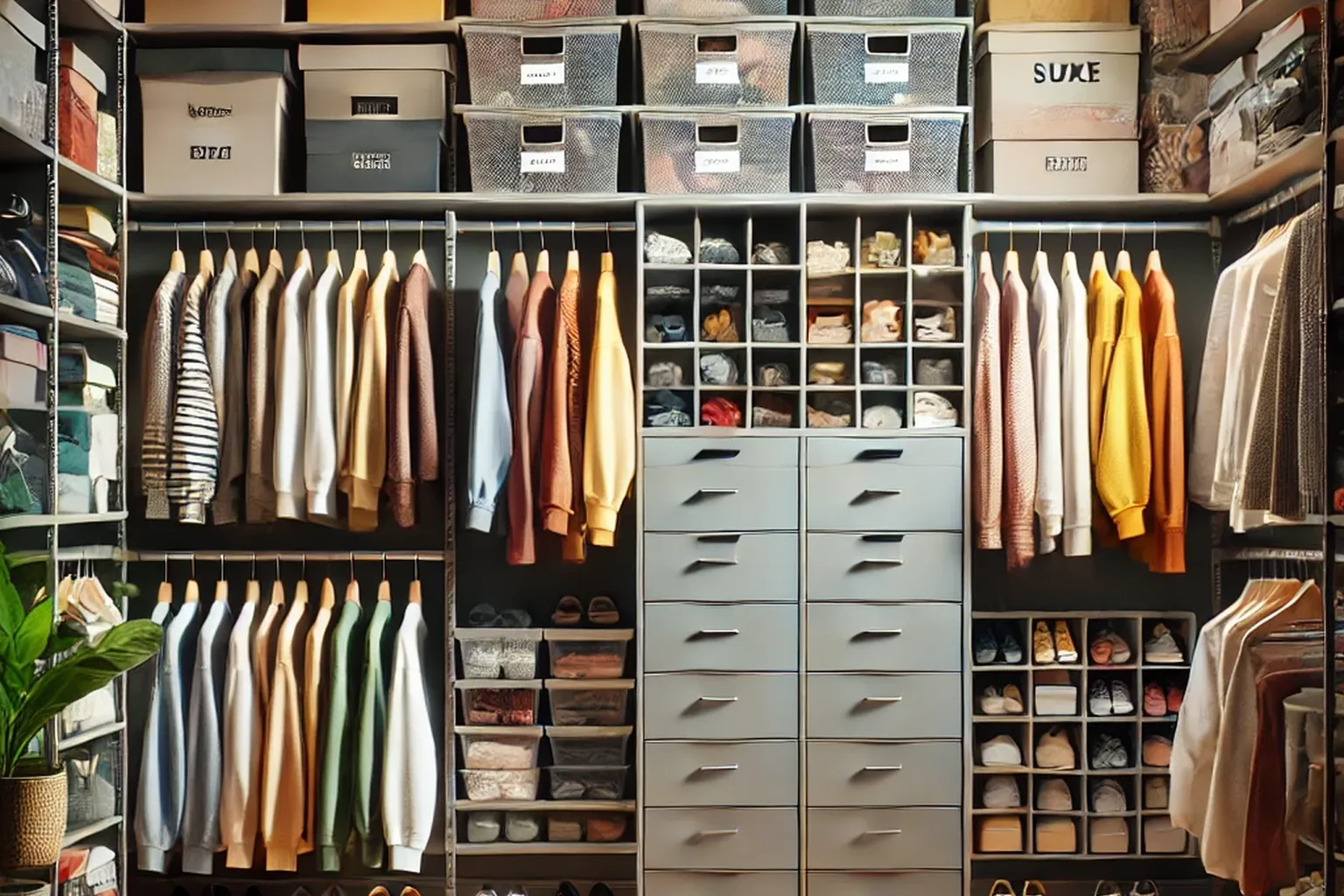How to Remove Mold and Mildew Safely – Tips for a Healthier Home
Learn safe, effective ways to remove mold and mildew from your home. Discover practical tips to tackle mold in bathrooms, kitchens, basements, and more.Likes
Recommends
Helpfuls

Why Mold and Mildew Removal is Important
Mold and mildew not only look unsightly but can also have negative effects on your health, especially for individuals with allergies or respiratory conditions. These fungi thrive in damp, humid areas, making bathrooms, basements, and kitchens common trouble spots. By removing mold and mildew safely, you’ll create a healthier environment in your home. Here’s how to get started.
Effective Techniques for Removing Mold and Mildew from Your Home
Step 1: Wear Protective Gear
Before beginning any mold removal, it’s essential to wear protective gear. Gloves, a mask, and goggles are recommended to prevent direct contact with mold spores. Ensure the room is well-ventilated by opening windows and doors to avoid inhaling airborne spores.
Step 2: Use Vinegar for Non-Toxic Mold Removal
White vinegar is a natural and effective solution for killing mold. Pour undiluted vinegar into a spray bottle and apply it directly to the affected area. Let it sit for an hour, then scrub with a brush and rinse with water. The vinegar smell will dissipate as it dries, and it’s safe for most surfaces.
Step 3: Try Baking Soda for Stubborn Spots
Baking soda is gentle yet effective for tackling mold and mildew. Mix one teaspoon of baking soda with water in a spray bottle, shake well, and spray the area. Let it sit, scrub with a brush, and rinse. Baking soda is especially useful in areas like bathrooms and kitchens where mold may linger on tile and grout.
Step 4: Use Hydrogen Peroxide for Deep Cleaning
Hydrogen peroxide is a natural anti-fungal solution that works well for mold removal. Spray 3% hydrogen peroxide on moldy areas and let it sit for 10 minutes. Scrub with a brush and wipe clean. This method is particularly effective on porous surfaces like wood or drywall.
Step 5: Avoid Bleach on Porous Surfaces
Although bleach is often used for mold, it’s only effective on non-porous surfaces and can release harsh fumes. On porous materials like drywall or wood, bleach may not reach mold’s roots, allowing it to grow back. Stick to natural solutions for these surfaces to ensure a safer and more effective clean.
Step 6: Prevent Future Mold Growth
After removing mold, take steps to prevent it from returning. Reduce humidity levels by using a dehumidifier, especially in damp areas like basements. Fix any leaks or plumbing issues promptly, and regularly clean areas prone to moisture buildup. Ensuring good ventilation in bathrooms and kitchens also helps keep mold at bay.
Consider Professional Mold Removal Services for Severe Cases
If you have a large mold problem or if mold persists despite your efforts, consider hiring a professional mold removal service. Companies like HQ Cleaning Group offer expert mold remediation, ensuring your home is safe and mold-free.
Final Thoughts
Mold and mildew can be tough to manage, but with the right techniques, you can keep your home clean and safe. By using non-toxic solutions like vinegar and baking soda, you can tackle mold effectively without the need for harsh chemicals. For extensive issues, professional services provide peace of mind and long-term mold prevention.

